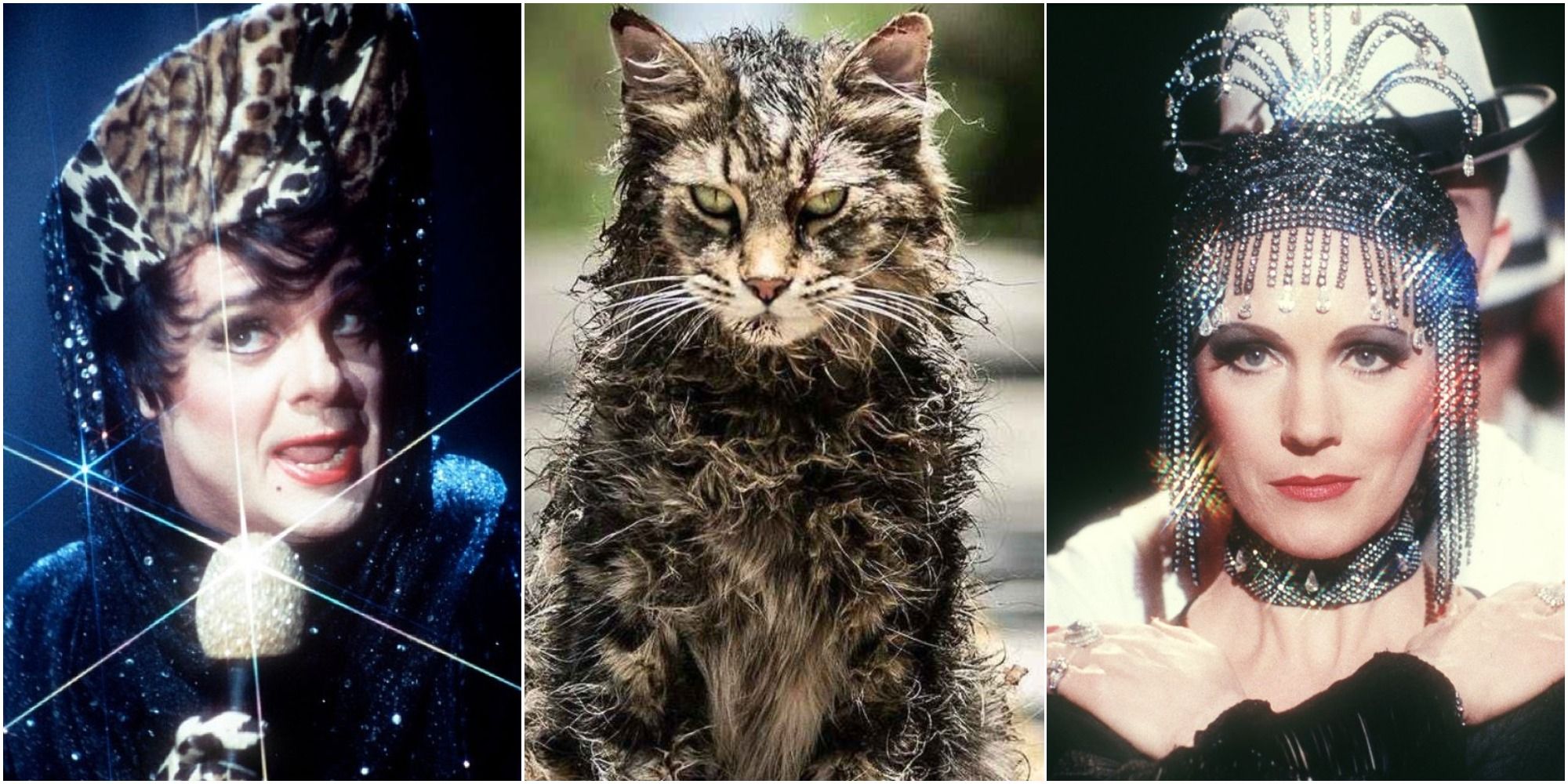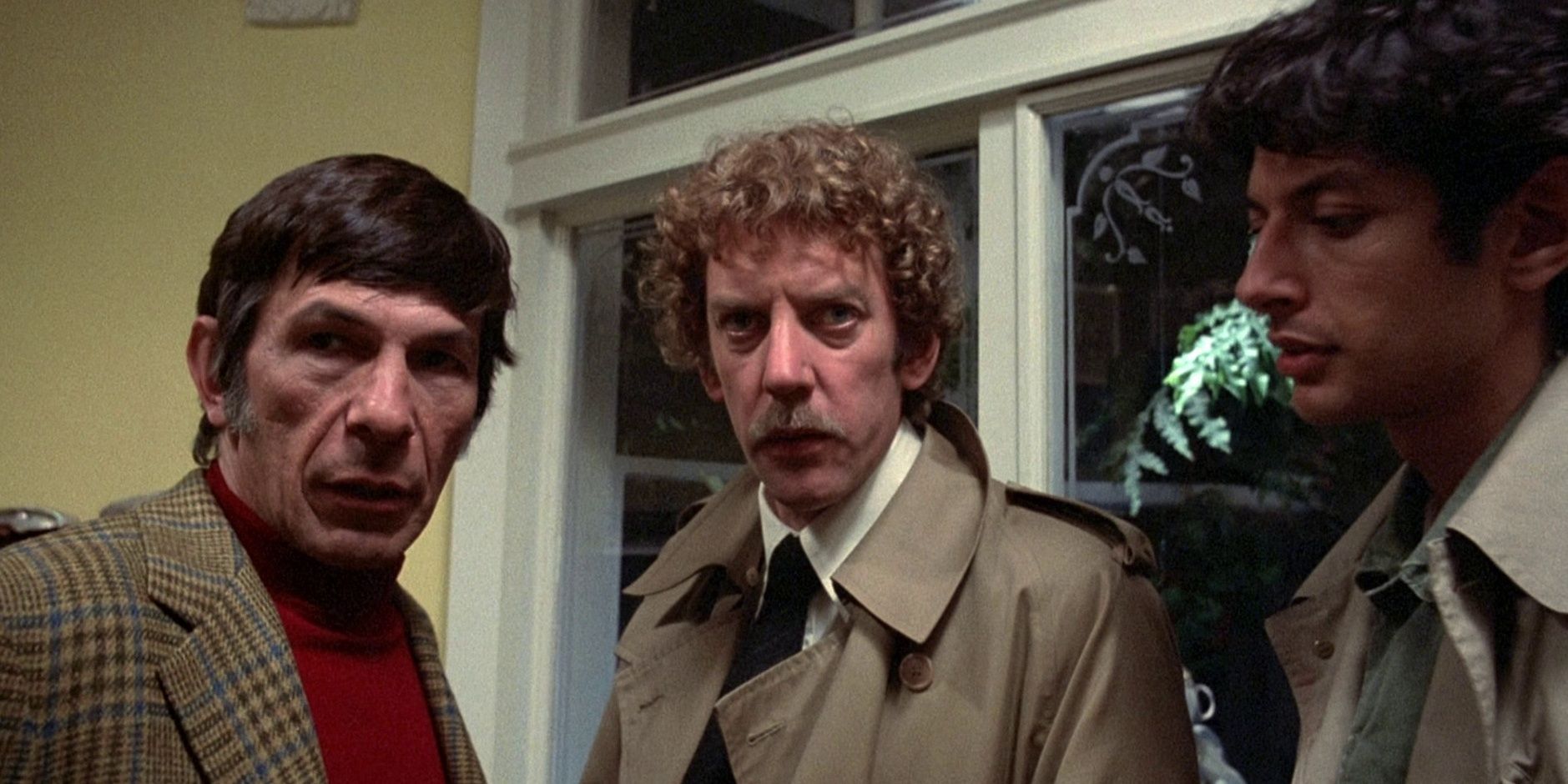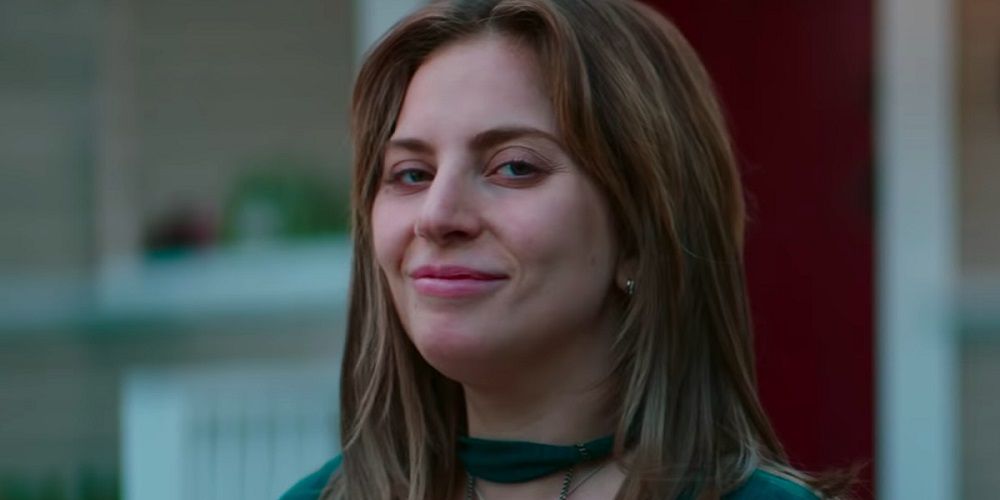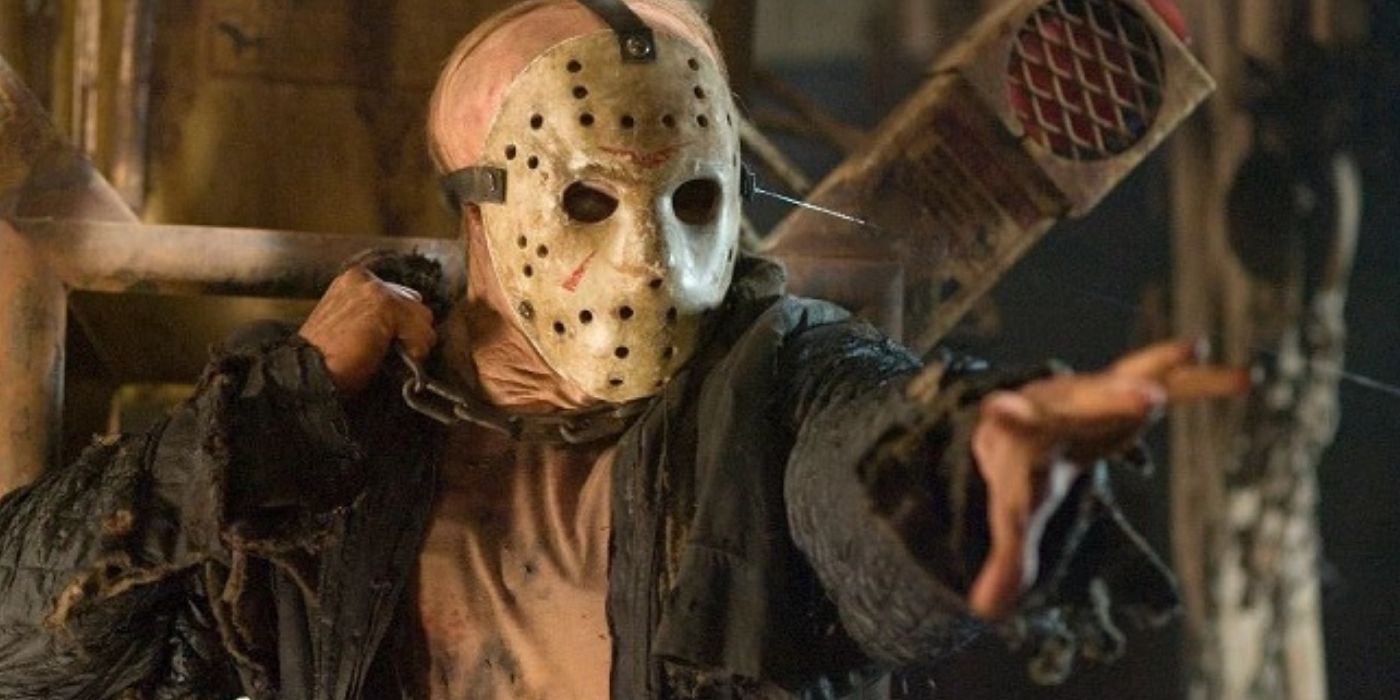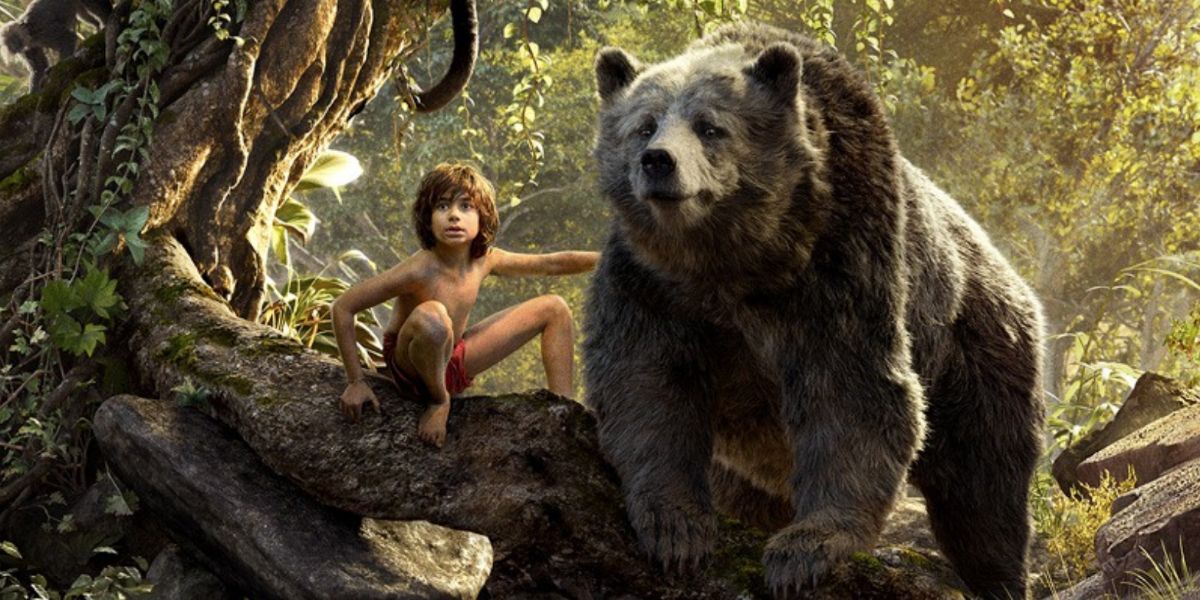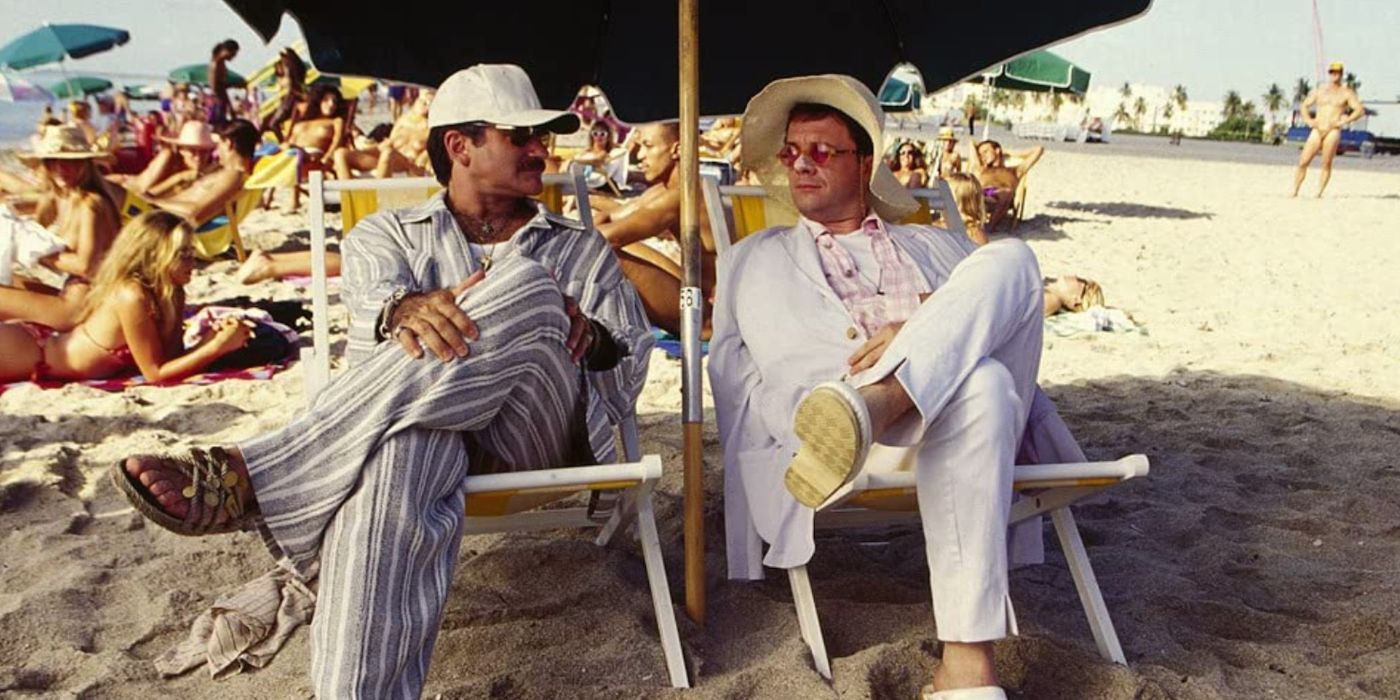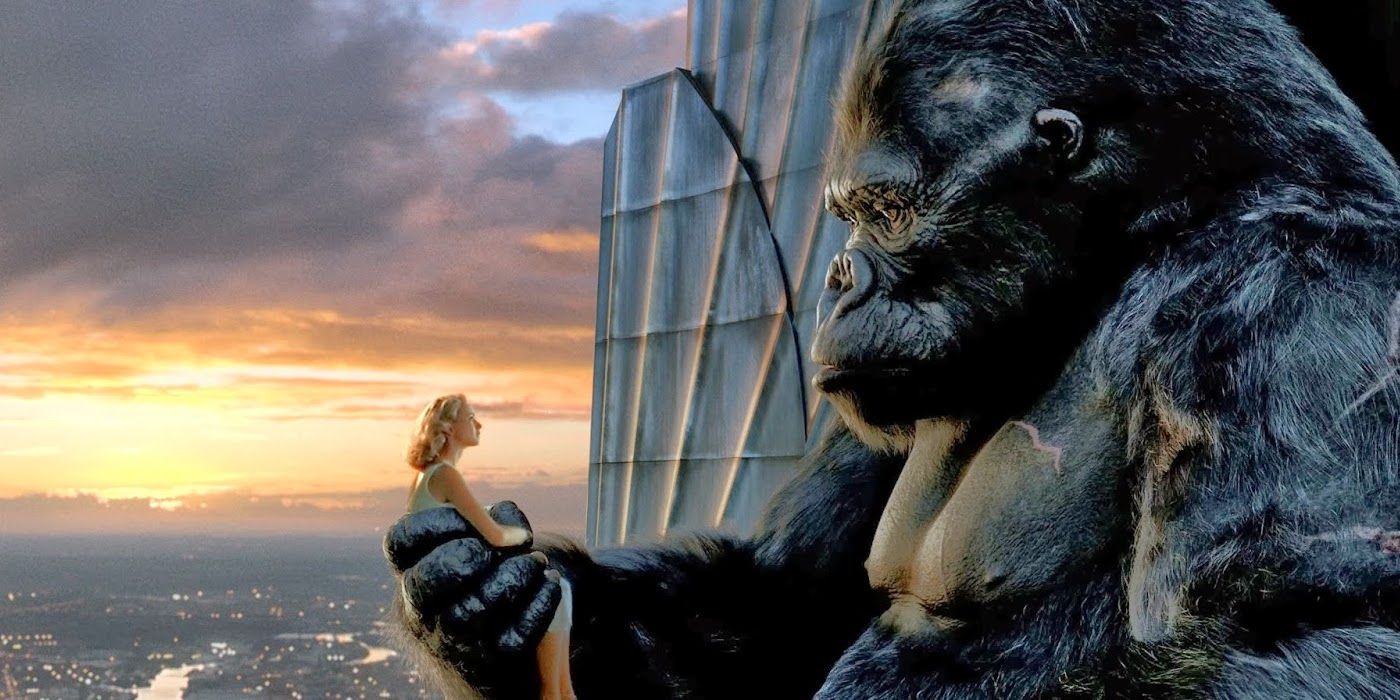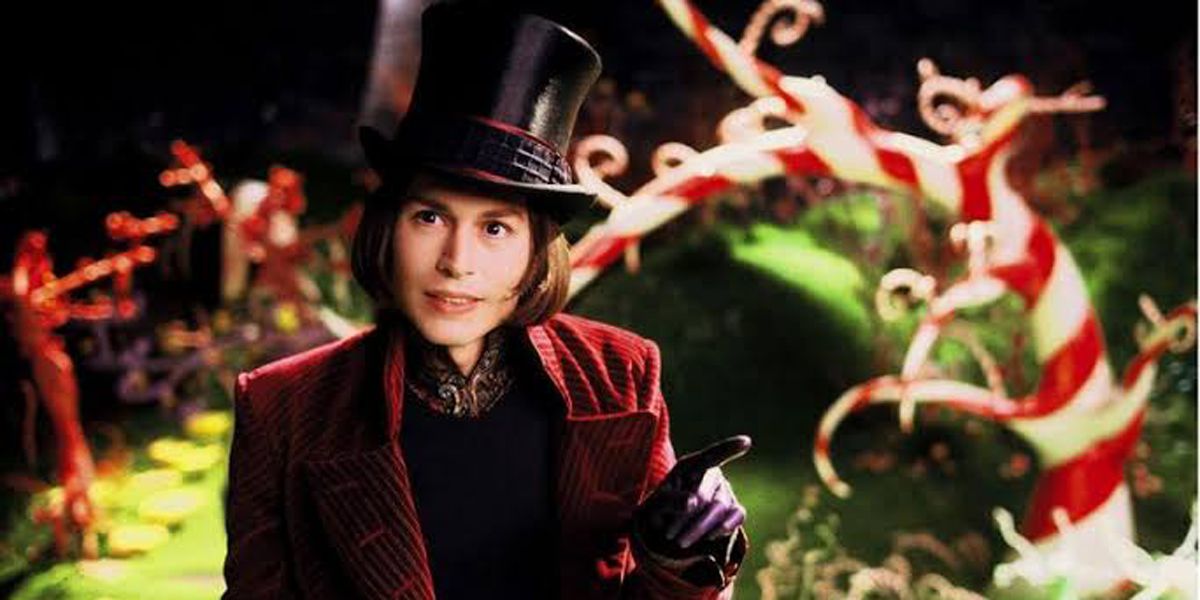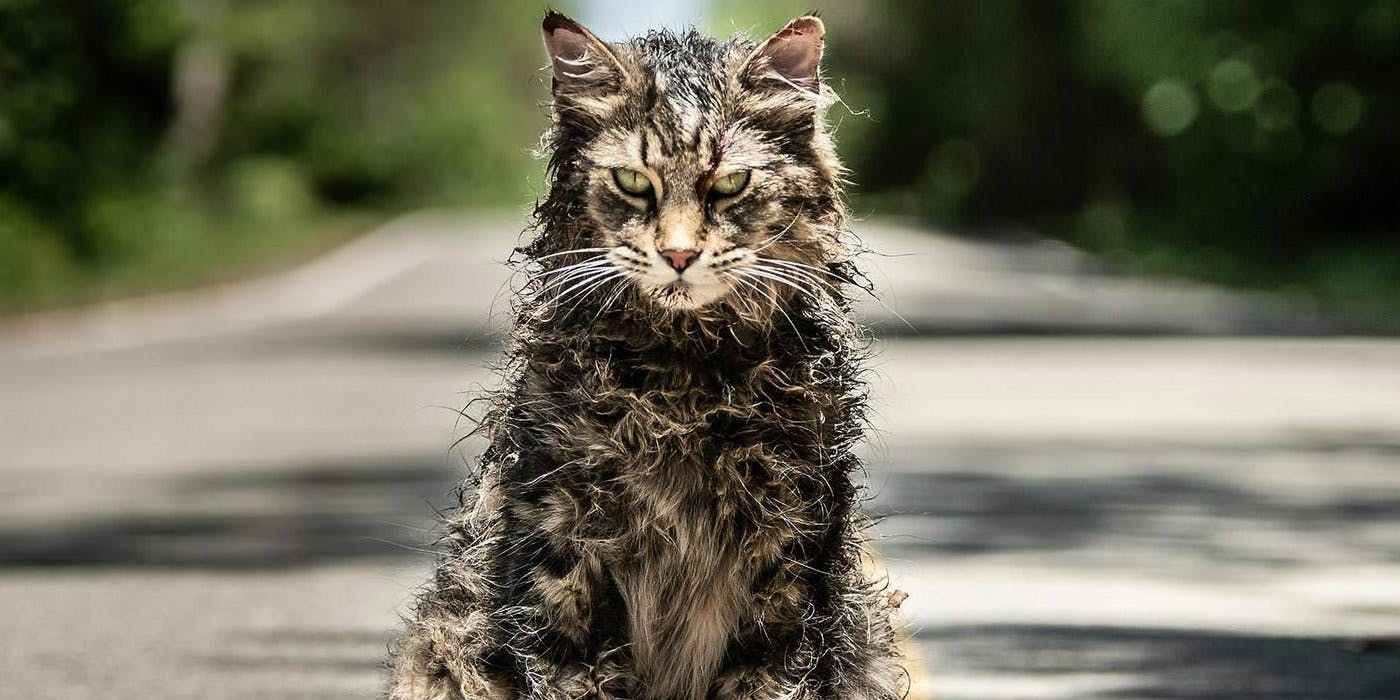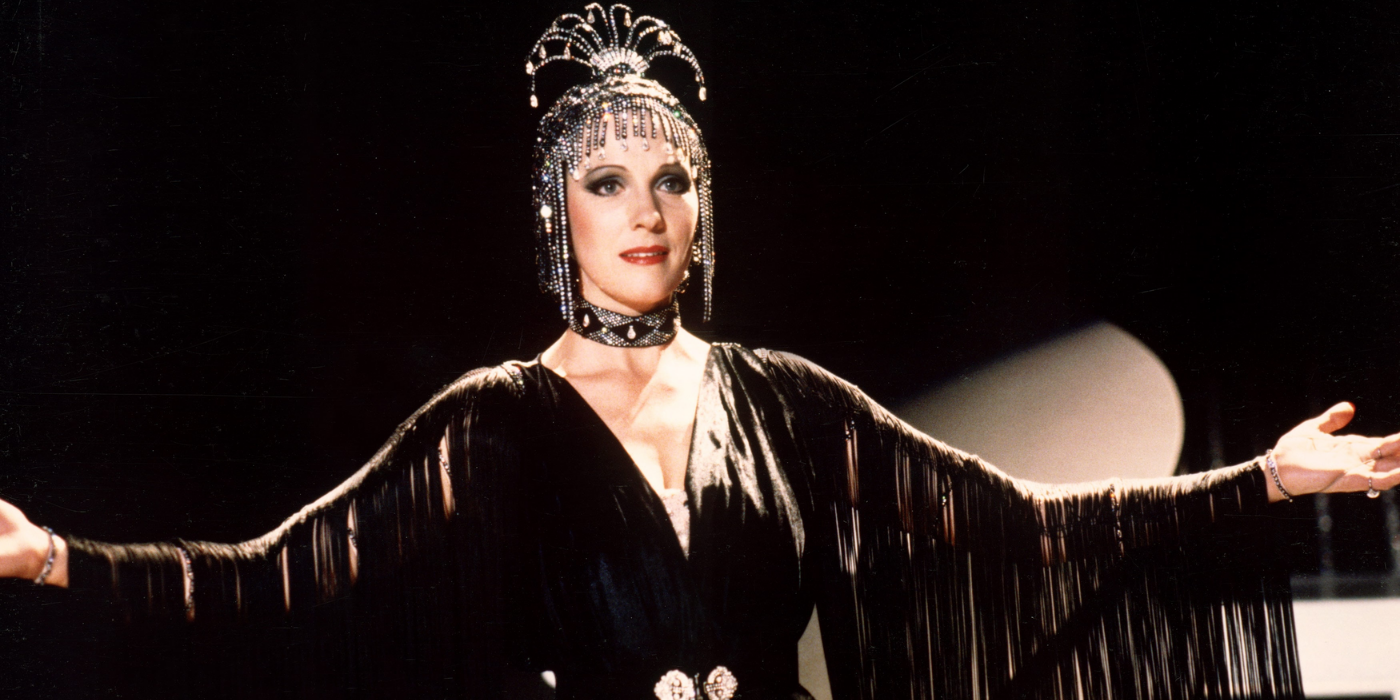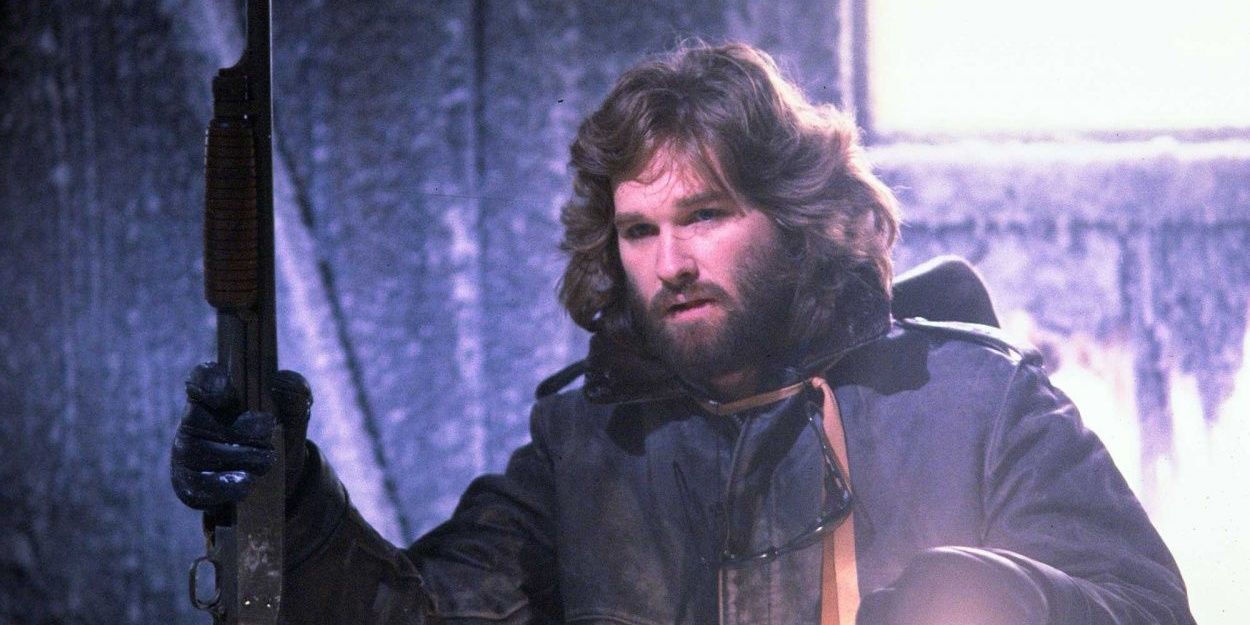Remakes have been around since Georges Méliès adapted Louis Lumière's Partie d'écarté into his Une partie de cartes, both 1896 films being among the first ever made in history. Movies are remade for a number of reasons—TV diversification, modified concepts, different time periods/setting—and many of them do indeed retain the flavor of the original.
On the other hand, there are instances in which the remake doesn't exactly resemble its predecessor, whether in tone, context, visual design, or other factors. Interestingly, altering a movie to an unrecognizable extent isn't always a bad thing: sometimes, it turns out to be a vast improvement.
10 Invasion Of The Body Snatchers (1978) Keeps Its Audience Wanting More
Invasion of the Body Snatchers (1956) was well received by both viewers and reviewers, with phrases such as "genuine sci-fi classic" and "influential and still very scary" being used to describe the movie. Its legacy is magnified in the 1978 remake, which Pauline Kael referred to as the "best film of its kind ever made."
The engaging story in Invasion of the Body Snatchers originated in Jack Finney's 1954 novel, but it was the second attempt that fully captured the paranoid atmosphere through semi-grainy cinematography and eerie audio effects.
9 A Star Is Born (2018) Is A Vehicle For Lady Gaga's Transformation
A Star is Born was first produced in 1937, obtaining great praise; in 1954, which the NYT lauded as "one of the grandest heartbreak dramas;" and in 1976, where Barbra Streisand's role received recognition but not much else.
2018's A Star is Born offered audiences the exact same theme, but with starkly modern elements in comparison with the previous movies. Lady Gaga transforms the film into a vehicle for her stellar acting, artfully navigating around the potential pits of meta-commentary about her real-life identity.
8 Friday The 13th (2009) Loses The Eighties Feel—& Not For The Better
The Friday the 13th franchise borrowed heavily from the Halloween (1978) concept, proceeding to simplify the equation for less demanding (teenage) audiences. It offered scares, thrills, but most importantly, a vile villain in his trademark goalie mask swinging a bloody machete.
The slasher sub-genre owes a lot to Friday the 13th, but a large part of the franchise's feel—from creepy synths to outrageous hairstyles—is deeply interlinked with the '80s and any associated nostalgia for the decade. The 2009 remake simply doesn't cut it.
7 The Jungle Book (2016) Is Significantly Darker Than Its Animated Predecessor
Disney's The Jungle Book (1967) was a monumental achievement, a gorgeously animated, if distant, reconstruction of Rudyard Kipling's iconic collection of short stories.
Remade in 2016, the live-action movie managed to get a similar level of acclaim as the preceding adaptation but was considerably darker in ambiance. In fact, Favreau's The Jungle Book failed to stay consistent with itself, often switching from gleeful to gloomy without warning. At least the film has its Nat Geo-realism going for it, so that's a big plus.
6 The Birdcage (1996) Is More Relatable Than La Cage Aux Folles (1978)
La Cage aux Folles is a pastiche of risqué comedy skits, each funnier than the last, leading up to a conclusion that had (and will continue to have) audiences topple out of their seats laughing.
The Birdcage recaptures the hyperbolic absurdity of the original in every possible way but adds an extra couple of layers filled with relatable punchlines that revolve around pop culture. La Cage aux Folles is an unquestionable masterpiece, but it doesn't contain the unadulterated genius of Robin Williams and Nathan Lane.
5 King Kong (2005) Has A Lot More CGI To Bulk Up The Thrill Of Its 1933 Counterpart
King Kong has been a cultural mainstay since 1933, reappearing in dozens of movies, TV series, video games, not to mention countless forms of merchandising.
Interestingly, all major King Kong productions were critically acclaimed, with Peter Jackson's version "featuring state-of-the-art special effects and a majestic sense of spectacle... faithful to the spirit of the 1933 original." That said, King Kong (2005) won Oscars for Sound Mixing, Visual Effects, and Sound Editing, signifying dramatically different visual and auditory elements.
4 Charlie & The Chocolate Factory (2005) Ups The Emotional Ante On Willy Wonka
Gene Wilder's Willy Wonka received a wave of praise from critics and audiences alike, but the remaining aspects of the movie failed to impress anyone, especially the author of the source novel, Roald Dahl. Ironically, Willy Wonka and the Chocolate Factory (1971) has a higher Rotten Tomatoes score than the 2005 remake starring Johnny Depp.
However, Tim Burton's knack for darkly comforting environments makes Charlie and the Chocolate Factory simultaneously less bizarre and more meaningful than the first film.
3 Pet Sematary (2019) Doesn't Quite Capture The Gritty Thrill Of The Original
Pet Sematary (1989) is classic Stephen King horror: an innocent family finds themselves in a sticky situation because they disregard warnings about palpably macabre burial sites.
The only survivor is the daughter, ensconced in the safety of a different city, far away from her undead brother and mother. Pet Sematary (2019) follows a similar event pattern but unfortunately does little to alter the narrative in a significant way. Ghoulish cats with matted fur are not enough to recall the original movie's gritty thrill.
2 Victor/Victoria (1982) Brings Jazz Into The Equation
Viktor und Viktoria (1933) is a quaint little musical set in Germany, directed by and starring Reinhold Schünzel and Renate Müller, respectively. It was moderately popular, explaining the middling remakes that emerged in the next half-century, although none were as radiant as Blake Edwards' 1982 version with Julie Andrews in the lead role.
Victor/Victoria is centered around the jazz craze that was beginning to take over Paris in the 1930s. As such, Andrews' vocals and Henry Mancini's score seamlessly braid into each other—obtaining a nomination for the actress and an award for the composer at the 1983 Academy Awards.
1 The Thing (1982) Is Hands Down The Best Version
The Thing from Another World (1951) is retrospectively considered among the best movies in the sci-fi genre, with reviewer emotions ranging from upbeat to ecstatic. Its successor, devised by the brilliant John Carpenter three decades later, was panned for the first few years after release.
Interestingly, The Thing managed to rack up so much cult fame that critics were forced to revise their first impressions: the 1982 movie is now widely acknowledged as a jewel in the sci-fi/horror crown, on par with the original in many ways and exceeding expectations in others.

